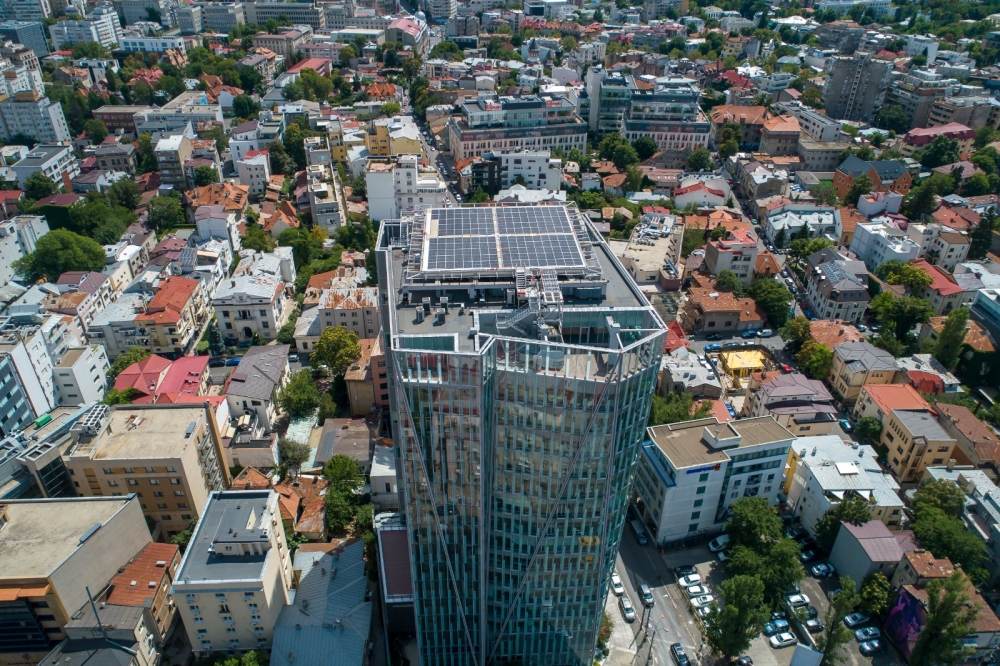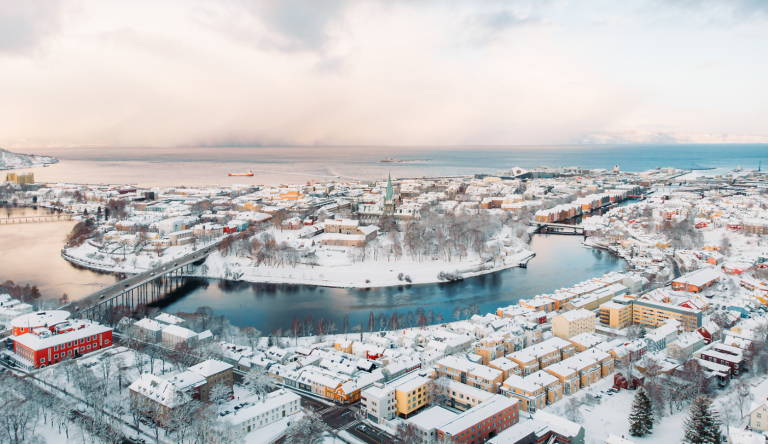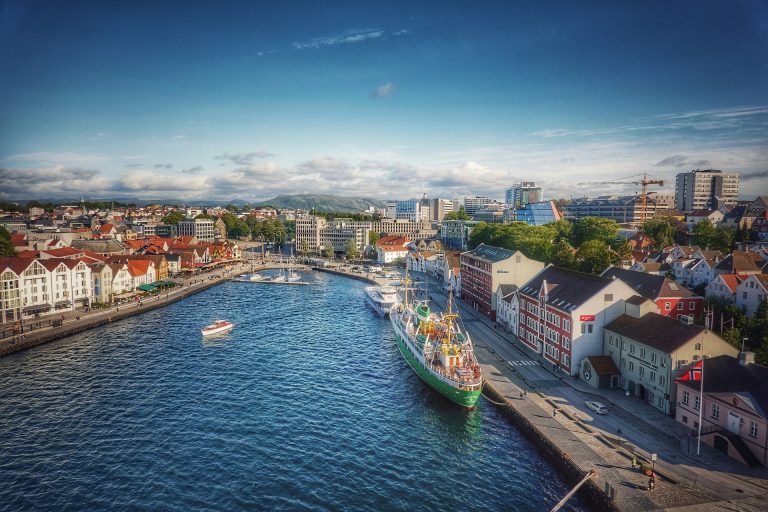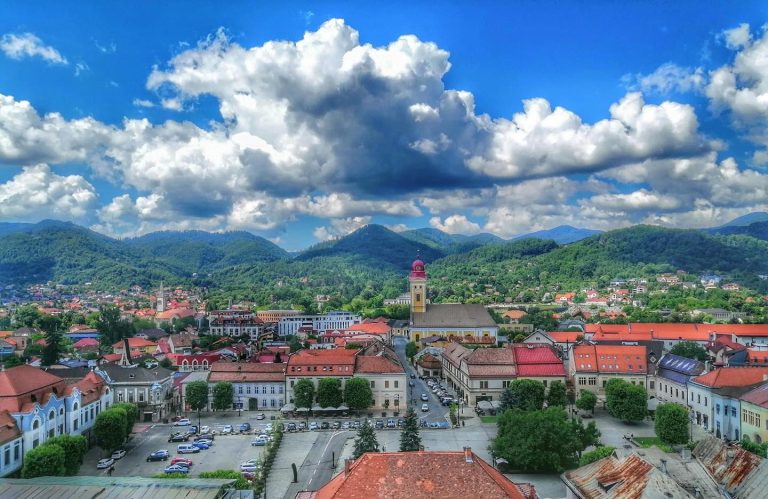Buildings volume refers to the total space occupied by buildings within a given area. To put it simply, a house that is 5 meters in length, 5 meters in width, and 3 meters in height, will have a volume of 5×5×3=75 cubic meters. This article analyzes the growth of Romania’s buildings volume over the last five decades, showing how urban and peri-urban areas have developed and what Romania should do to stay competitive in the future.
Video 1. All Buildings Volume in Romania 1975-2025. Source: Author based on data derived from Sentinel2, Landsat, global DEM, and published by the EU Joint Research Center -Pesaresi, Martino; Politis, Panagiotis (2023)

Table 1. All Buildings Volume in Romania 1975-2025. Source: Author based on data derived from Sentinel2, Landsat, global DEM, and published by the EU Joint Research Center -Pesaresi, Martino; Politis, Panagiotis (2023)
Understanding Romania’s Buildings Volume Growth: 1975–2025
Over the last five decades, Romania’s buildings volume – the total space occupied by all residential and non-residential buildings – has almost doubled. From 4.18 billion cubic meters in 1975 to a projected 7.83 billion cubic meters by 2025, this growth highlights how the country has transformed economically and socially. Key periods of accelerated growth occurred between 1995 and 2015, with a rapid expansion recorded just before and after Romania’s EU accession in 2007.
This massive surge in construction is a reflection of several driving forces:
– Economic growth: Romania’s economy boomed after the 1990s, particularly the years straight before and after joining the European Union. Foreign investment, increased purchasing power, and an expanding middle class led to a construction boom.
– Urbanization and suburbanization: While large urban centers attracted skilled workforce and become more densely populated, peri-urban areas – the regions surrounding major cities – also experienced significant growth, especially for residential developments.
– Infrastructure improvements: Enhanced transportation networks, funded by EU funds, allowed people and businesses to move beyond city centers into peri-urban areas, further expanding the built environment.
Video 2. Residential Buildings Volume in Romania 1975-2025. Source: Author based on data derived from Sentinel2, Landsat, global DEM, and published by the EU Joint Research Center -Pesaresi, Martino; Politis, Panagiotis (2023)

Table 2. Residential Buildings Volume in Romania 1975-2025. Source: Author based on data derived from Sentinel2, Landsat, global DEM, and published by the EU Joint Research Center -Pesaresi, Martino; Politis, Panagiotis (2023)
Residential Growth: A Shift to the Suburbs
Romania’s residential buildings volume increased from 3.6 billion cubic meters in 1975 to nearly 7 billion cubic meters by 2025. Much of this growth has occurred not only in Romania’s major cities but also in peri-urban zones. As city centers became more crowded and property prices soared, the surrounding suburban regions became attractive for residential development. People sought more affordable housing, with the added benefit of access to new infrastructure that connected these peri-urban areas to city centers.
The increased demand for housing in peri-urban areas can be attributed to several factors:
– Affordability: As urban real estate prices rose, more people moved to peri-urban areas where they could find larger, more affordable homes.
– Improved infrastructure: Enhanced roads and public transport systems have made it easier for people to live outside city centers and commute to work. Of course, there is still a long way to go on this side of the story, as Romanian cities are still lagging behind major European cities.
– Lifestyle preferences: Many Romanians are now looking for quieter, greener living environments while maintaining proximity to urban amenities. This was further amplified by the pandemic and the working from home culture.
As a result, the average built volume per hectare in residential zones increased from 183.52 m³/ha in 1975 to 353.22 m³/ha in 2025, reflecting the increasing density of housing developments in these peri-urban areas.
Video 3. Non-Residential Buildings Volume in Romania 1975-2025. Source: Author based on data derived from Sentinel2, Landsat, global DEM, and published by the EU Joint Research Center -Pesaresi, Martino; Politis, Panagiotis (2023)

Table 3. Non-Residential Buildings Volume in Romania 1975-2025. Source: Author based on data derived from Sentinel2, Landsat, global DEM, and published by the EU Joint Research Center -Pesaresi, Martino; Politis, Panagiotis (2023)
Non-Residential Growth: Economic Activity Expands Outward
Parallel to residential growth, the non-residential buildings volume – which includes office buildings, industrial spaces, and retail areas – grew from 583 million cubic meters in 1975 to 897 million cubic meters in 2025. While cities like Bucharest, Cluj-Napoca, Oradea, Iasi or Timisoara remain important hubs for commerce and industry, non-residential development has increasingly taken place in peri-urban areas.
The expansion of commercial and industrial activity into these zones is driven by several factors:
– Lower land costs: Peri-urban areas offer cheaper land for development, making them attractive for companies looking to expand operations.
– Strategic logistics: Many businesses are opting for sites just outside major cities, allowing easier access to highways and major transportation routes.
– Proximity to human capital: Being close to urban centers with large populations ensures that businesses have access to a pool of skilled workers that are willing to commute, especially for industries requiring specialized knowledge or services.
– Industrial and retail growth: Large commercial complexes, office parks, and logistics hubs have been built in peri-urban areas, capitalizing on better land availability and access to expanding consumer bases.
By 2025, the average non-residential built volume per hectare is expected to reach 45.71 m³/ha, indicating that peri-urban areas are becoming critical engines for Romania’s economic development.
The Need for Functional/Metropolitan Area Approaches
As Romania’s built environment continues to expand, particularly in peri-urban areas, there is a growing need for functional area approaches. This concept recognizes that cities do not exist in isolation – they are part of broader functional urban areas (FUAs) that include surrounding suburban and rural regions. Effective governance across these regions is key to ensuring sustainable growth, economic resilience, and better quality of life.
According to a World Bank’s report on Romanian cities, functional areas are essential for attracting people, businesses, and investment. Romanian cities generate 90% of national firm revenues and host 58% of the country’s population. However, to remain competitive, cities need to work with surrounding areas to ensure that infrastructure, housing, and public services are developed cohesively across administrative boundaries. This requires:
– Cross-jurisdictional cooperation: Cities and surrounding regions must coordinate urban planning, infrastructure development, and economic policy. Smaller municipalities surrounding major cities most often don’t have the human capacity or the necessary funds to develop strategies and large-scale projects. Thus, it is advisable for them to include their projects into larger Metropolitan Strategies, to increase their chances of getting financed. A good example of this would be an industrial park that is built on the land of a smaller city close to a larger city. This project could be included in the Master Strategy of the larger city, ensuring that firstly it gets built, taxes are paid to the smaller city, and the jobs created benefits both cities.
– Investment in infrastructure: Better roads, public transport, and business facilities that connect urban and peri-urban areas will allow for more efficient commuting and goods transport, increasing the appeal of these regions to both residents and businesses. This is a critical aspect that can significantly slow down the depopulation phenomena that frequently occurs in smaller cities. A good example of this is a fast road that connects two cities. Or a cycling lane connecting an industrial park in a smaller city to the city center of a larger city. Or a road that connects an industrial park to a highway. Or to take it even further, imagine you would have a TGV style regional fast train that connected Baia Mare to Cluj-Napoca, in theory you could live in Baia Mare, and commute each day to work in Cluj-Napoca, while still living in Baia Mare.
How Can Big or Small Cities Attract More People and Become More Competitive
To ensure Romania’s cities together with their surrounding functional areas remain attractive to people and competitive on the national and international stage, several steps must be taken, not necessarily in this order. These steps are not a one-time thing, they should be taken consistently. One could think of them as the beating heart of a city or region.
1. Strengthen the private sector: Local administrations must focus on attracting investment and supporting entrepreneurship in order to create opportunities for their citizens. Without access to markets and a strong economy, no amount of infrastructure will make a city more appealing.
2. Build sustainable connected infrastructure: Cities need to invest in base infrastructure, public spaces, public transportation systems, smart urban planning and housing. Studies show that with every 1000 new jobs created, rents nearby increase between 0.5% and 1% while sale prices increase by 2% – so cities need to keep an eye on this to ensure they remain affordable. Also, new housing requires new infrastructure that takes time to build and can be costly, so proper planning goes a long way here. This will not only make cities and their functional areas more livable but will also attract businesses.
3. Improve quality of life: Providing cultural events, recreational spaces, amenities, and sustainable transportation will make cities more attractive to a broader population and people will choose to stay. In essence, no matter how good their salary is, citizens need places where they can spend their time and money and enjoy life.
4. Involve citizens: Asking citizens what they want, facilitating it and involving them in the process will make citizens feel more connected to their city and to the local administration. Whether we talk about the regeneration of a small park between apartment buildings, or building new roads or new sport facilities, citizens know better what they want, so involving them in the development process will increase project success and its overall use.
5. Focus on education and human capital: Attracting talent is key to future growth. Investments in education, particularly universities, will bring in skilled workers and help build a competitive workforce. Also having good kindergartens and schools will allow young parents to choose one municipality in favor of others. Cities with a high concentration of universities, such as Bucharest, Cluj-Napoca, Iași, and Timișoara, are already seeing the benefits of this strategy.
6. Good governance: Minimizing bureaucracy, sticking to promises, and being efficient, responsible and transparent in implementing local projects, will gain citizen’s trust. If cities manage to gain citizens’ trust and keep it, they will gain new citizens.
7. Encourage regional cooperation: By viewing cities and their surrounding areas as integrated functional urban zones, Romania can create stronger, more dynamic regions. These areas will be better equipped to attract human capital and investments while avoiding issues like urban sprawl, traffic congestion or depopulation.
Romania’s built environment has evolved in the last 50 years. With continued growth in both urban and peri-urban areas, the future of Romania’s development lies in its ability to govern functional areas effectively. As cities expand and new industries emerge, Romanian cities must work together with their surrounding regions to create integrated, sustainable development that ensures long-term economic growth and improved quality of life.
About the author
Ionuț Mărieș is a Senior Urban Development Consultant specializing in urban technology. With a career focused on strategic urban development, he has played key roles in projects covering resilience of critical infrastructure, integrated sustainable transportation systems, urban regeneration, urban-rural linkages, energy efficiency and climate change adaptation and mitigation. His work extends across the European Union, helping local administrations build smarter, more resilient cities. Ionuț is an alumnus of the Aarhus School of Business and Social Sciences, the Ljubljana Faculty of Economics, the Technical University of Cluj-Napoca, and the Institute for Advanced Architecture of Catalonia. Among others, he has co-authored several publications, including “The Romanian City 4.0” and “The Urban Assets of the Romanian Railways” and is the founder of Deep Dive Conversations – podcast dealing with urban development matters.

